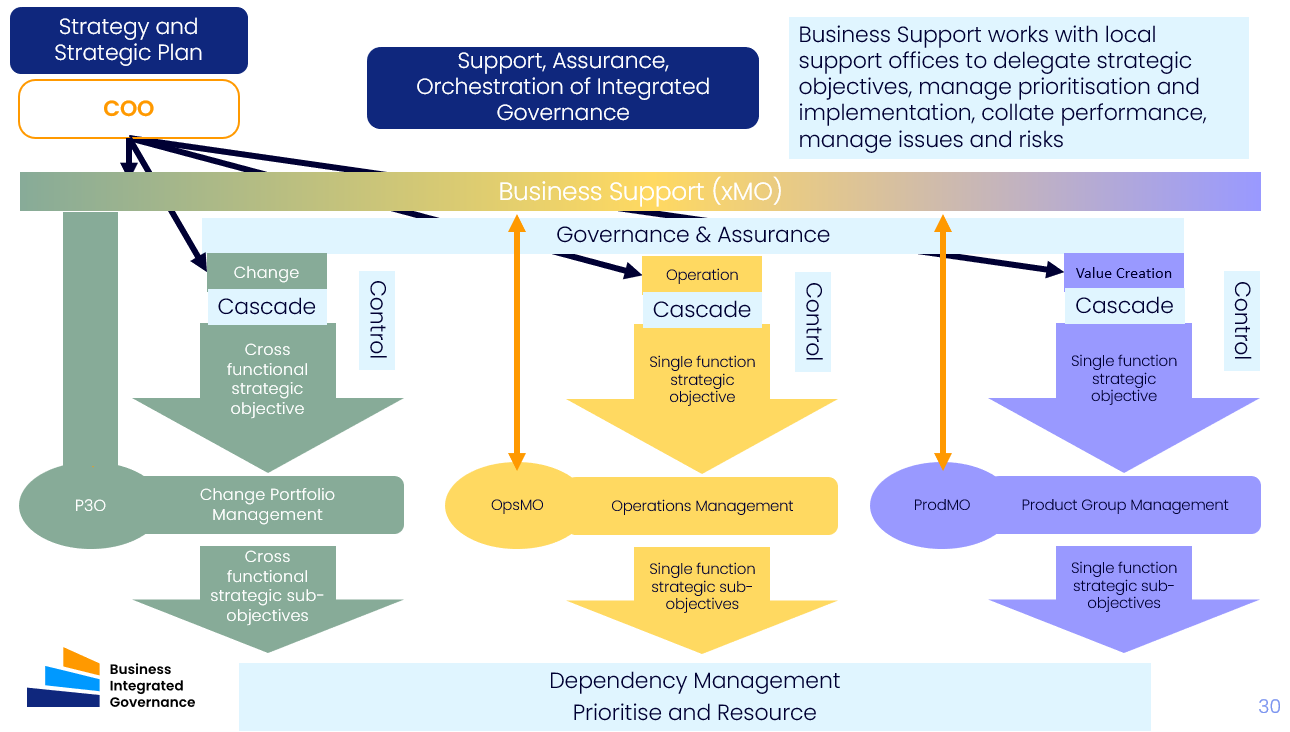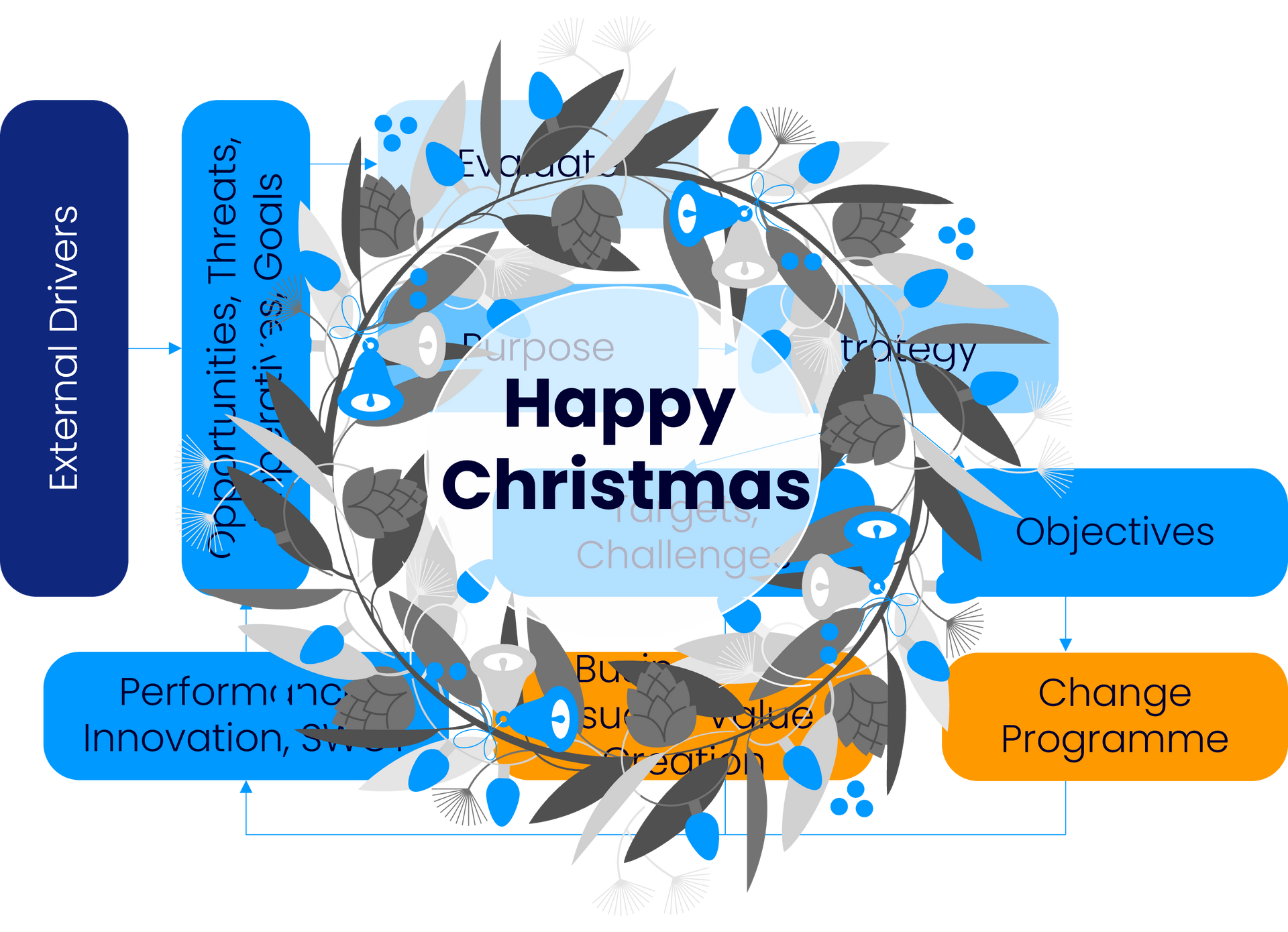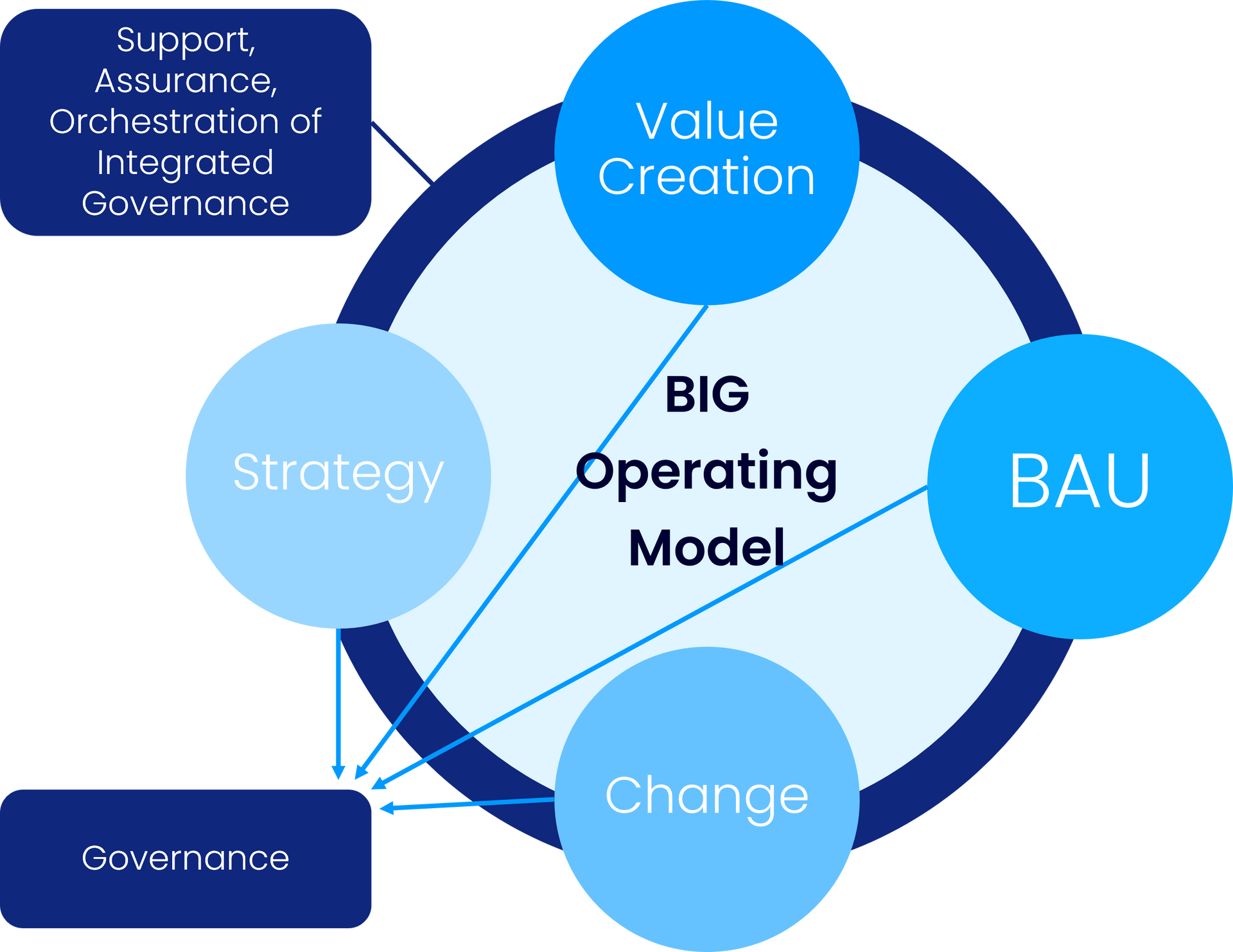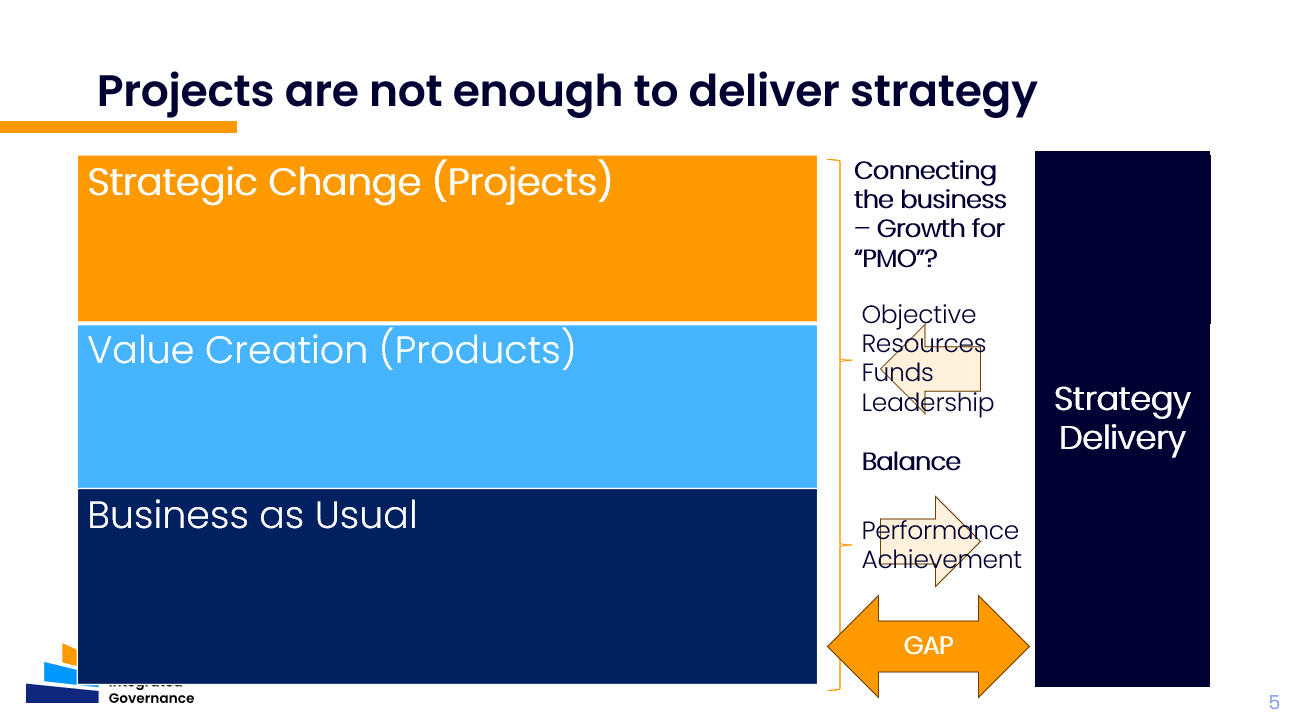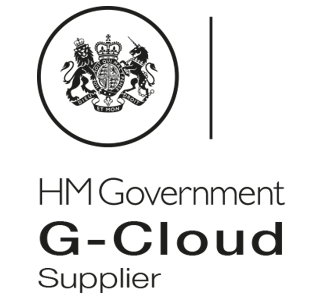Want Agile managed-growth post pandemic?

Many of us have realised in recent months that while facing immediate challenges, we have no time to do ‘design and build’, and we have had to work closely with our stakeholders and customers on incremental delivery.
Take for example unified communications and collaboration – the speed of innovation, decision making and delivery has been amazing.
In many cases this has demonstrated we can devolve chunks of strategy delivery into empowered teams, give them a remit and let them solve problems. This has clearly worked for some kinds of organisation, with some cultures, capability and maturity. For others – this has left a mess of abandoned initiatives and lost progress where we’ve had to refocus to survive.
Rather than chop up objectives into serial, finite programmes or projects, in some cases we have instituted continuous delivery teams. These focus in areas that require multi-disciplinary collaboration to achieve, using self-contained teams with fewer cross domain dependencies to manage. They are agile, customer focused, motivated and productive. These ‘accountability nodes’ form points in our governance framework within operations areas, or even in product portfolios or groups.
However, the organisation still has the challenge to deploy its resources and funding to the point of greatest value. While internally perhaps we leave teams to operate freely within remit – they are still accountable – so still need to be measured and forecasts shared to enable business priorities to be adjusted where needed.
So, when hearing the word ‘agile’ – we need to think of more than just agile delivery. We need visibility of each domain with respect to its workloads and value projection on business-as-usual, product/asset development and delivery and change so we can respond to (for example) ramp up in operations, urgent needs for change, or fast customer responses to product campaigns.
Therefore, the ‘agile realisation’ requires reliable information to enable it to work. And assuming we apply agile delivery methods the right way at the right time – accountability nodes using agile methods still have to fit the business’ decision making process. Completely autonomous they are not.
The decision framework to knit these elements together – we refer to as Business Integrated Governance (BIG – which doesn’t mean it has to be large).
How ready is your organisation to accommodate these various workloads, their relation to strategy and organisation level governance, risk and compliance needs? Are you realising the freedom you gave people has worked to deal with the emergency – but the ecosystem that remains – is it in any state to enable agile managed growth and operation post-pandemic?
Contact us to find out more about the BIG Maturity model

